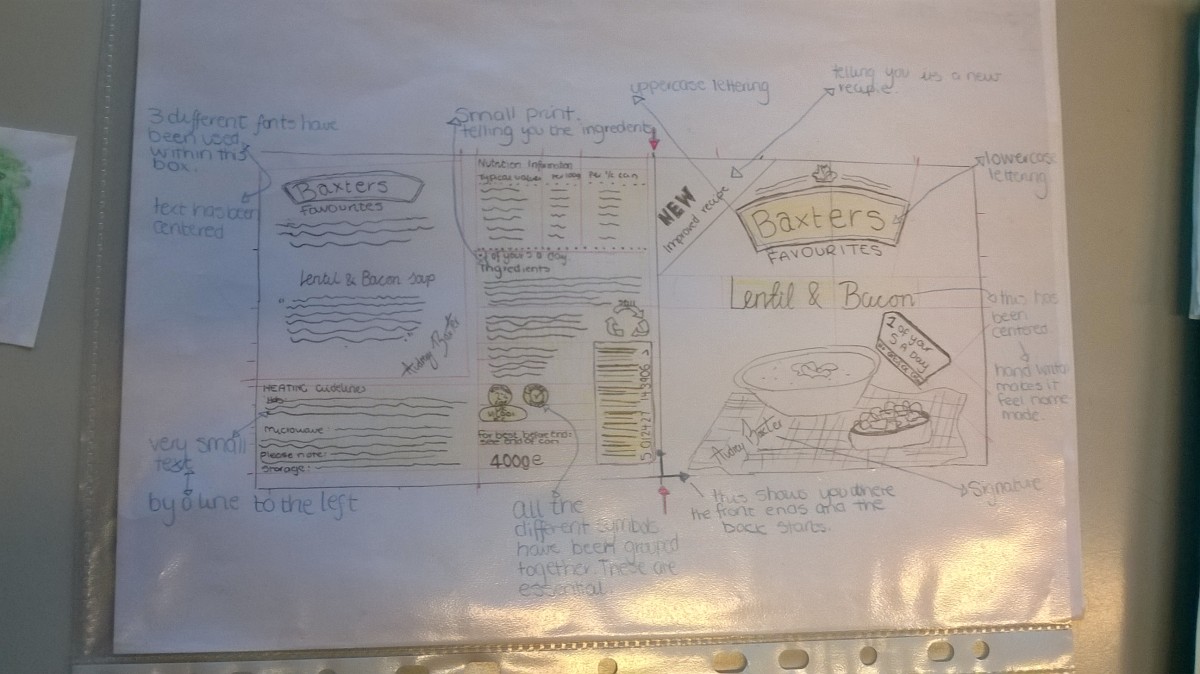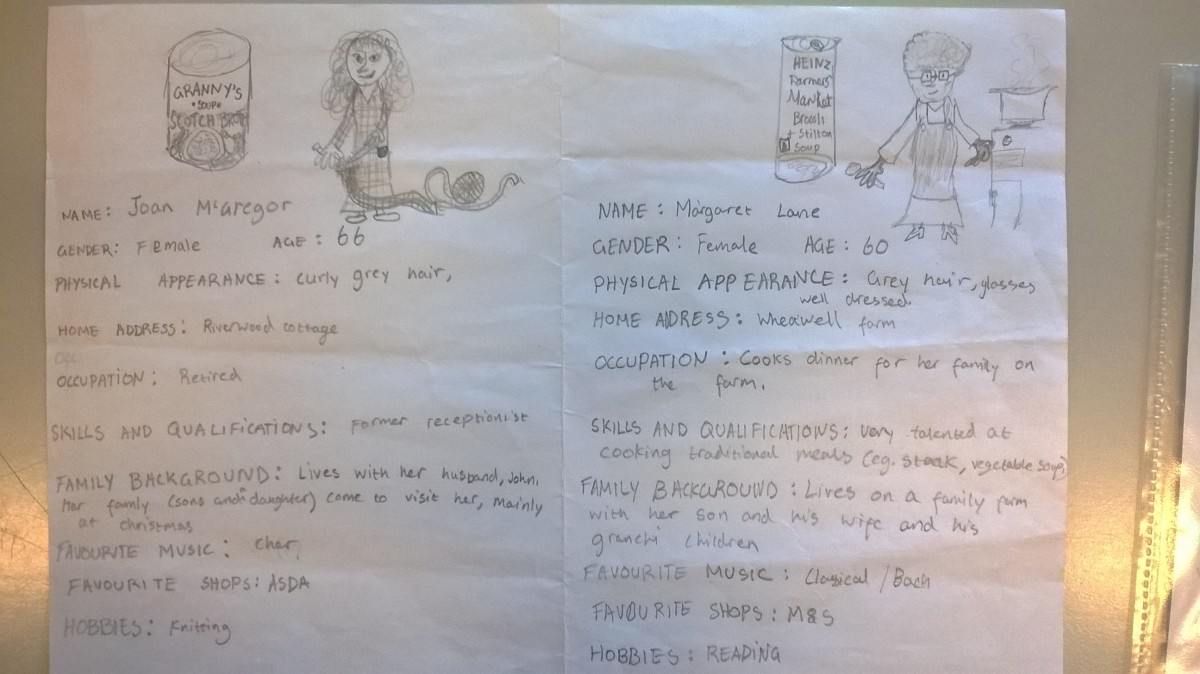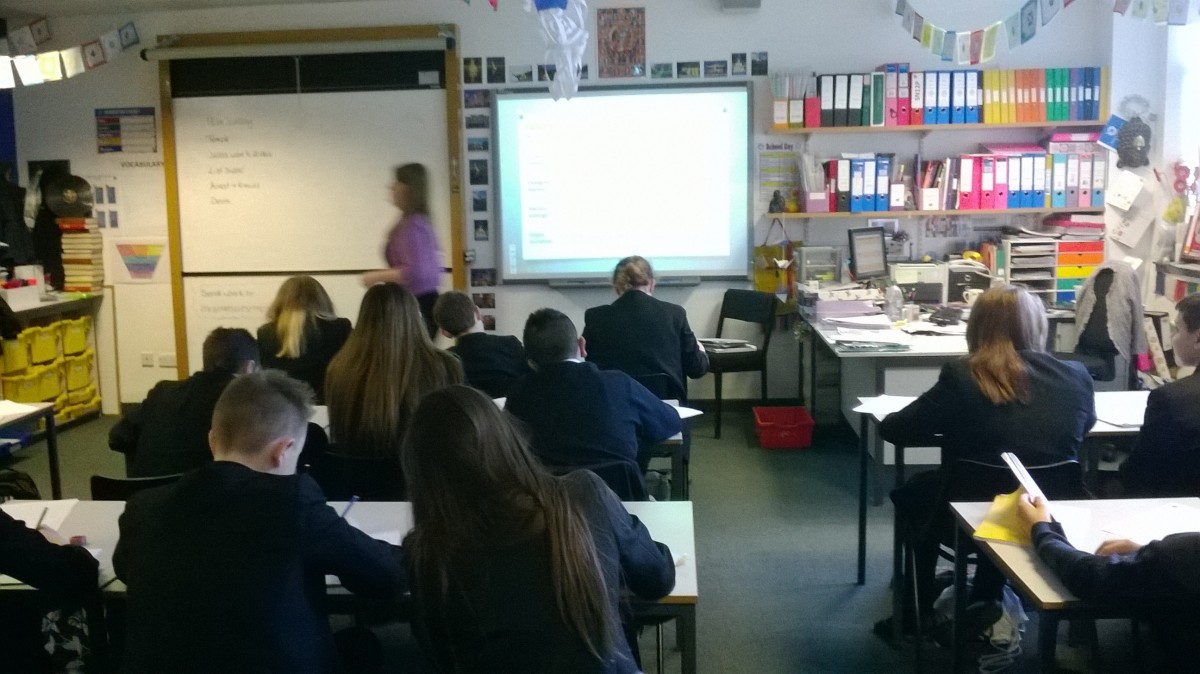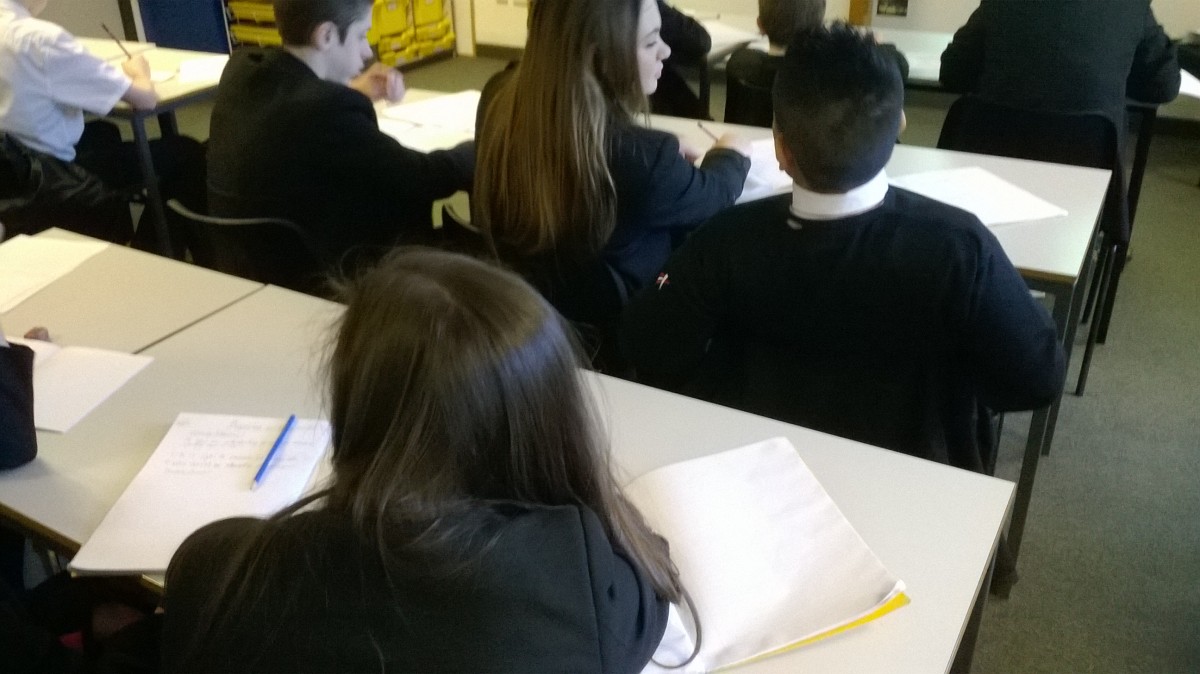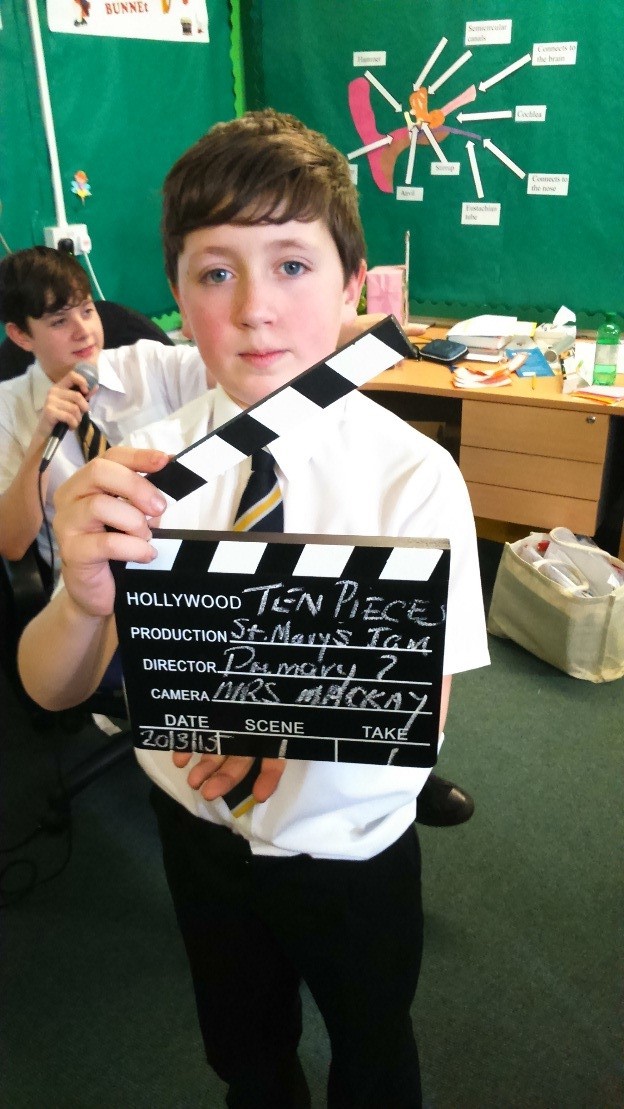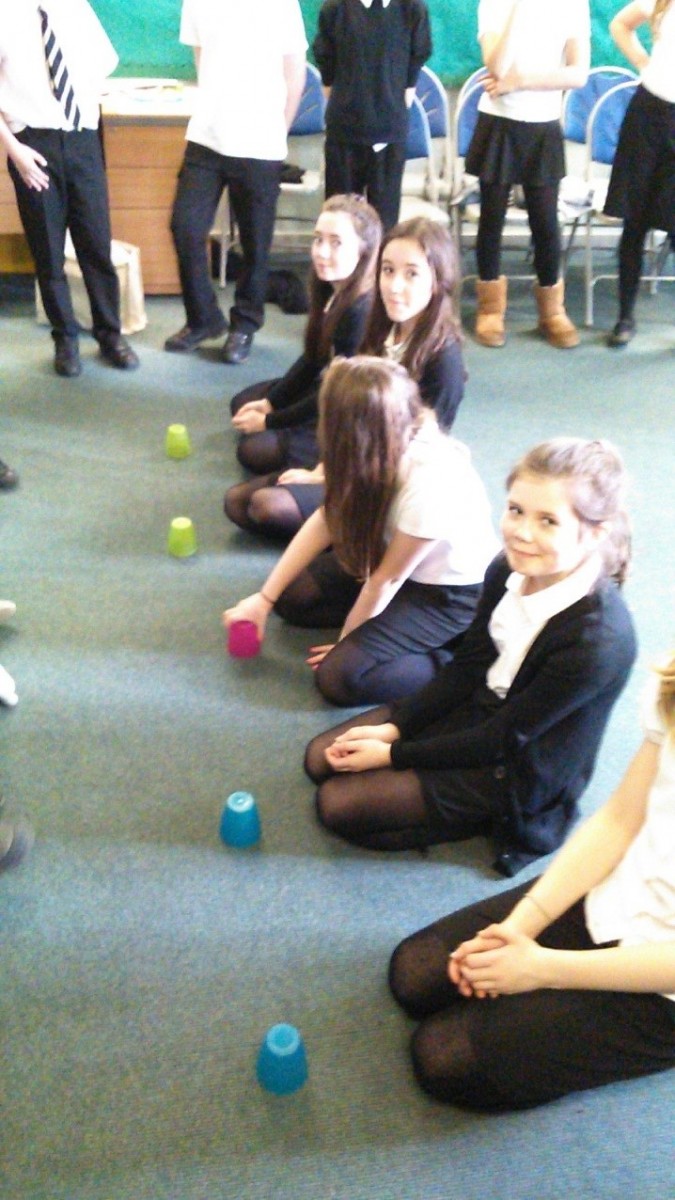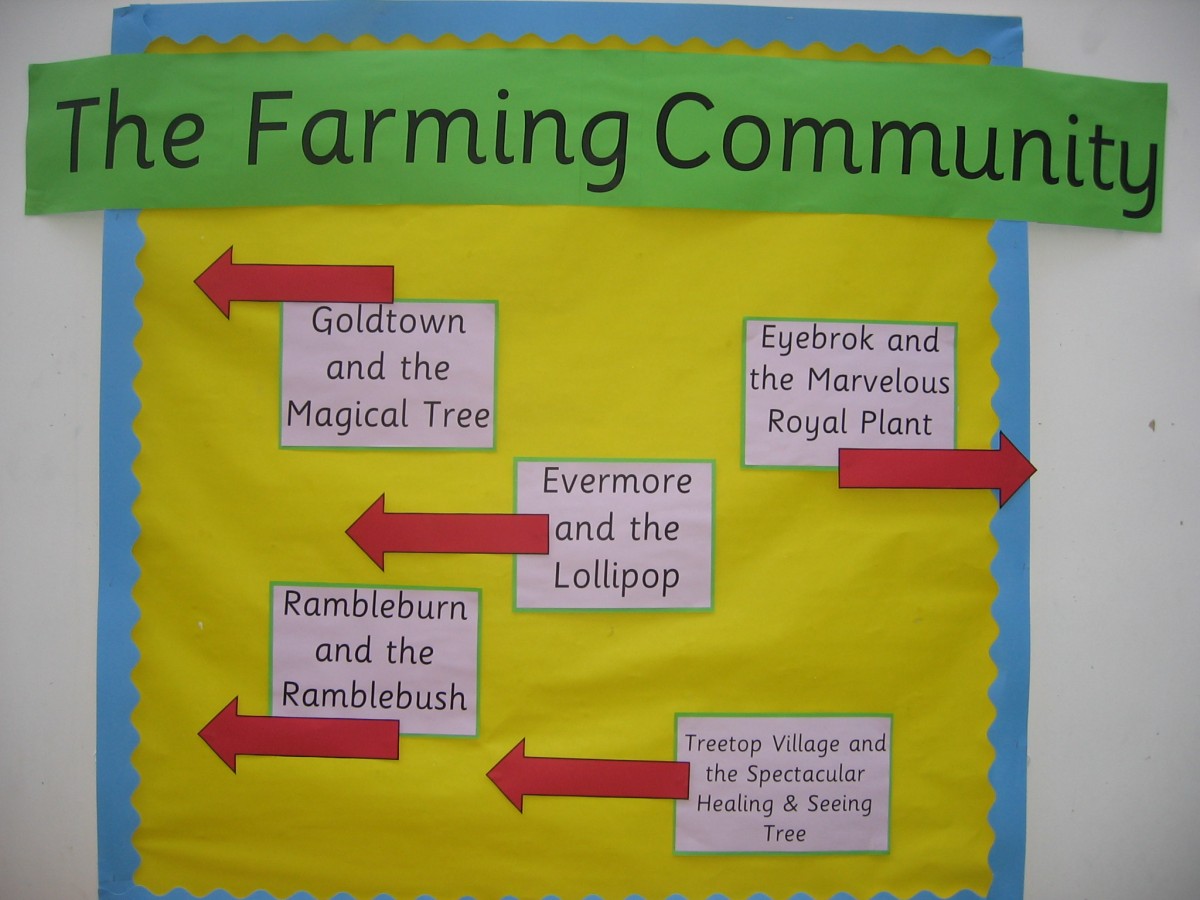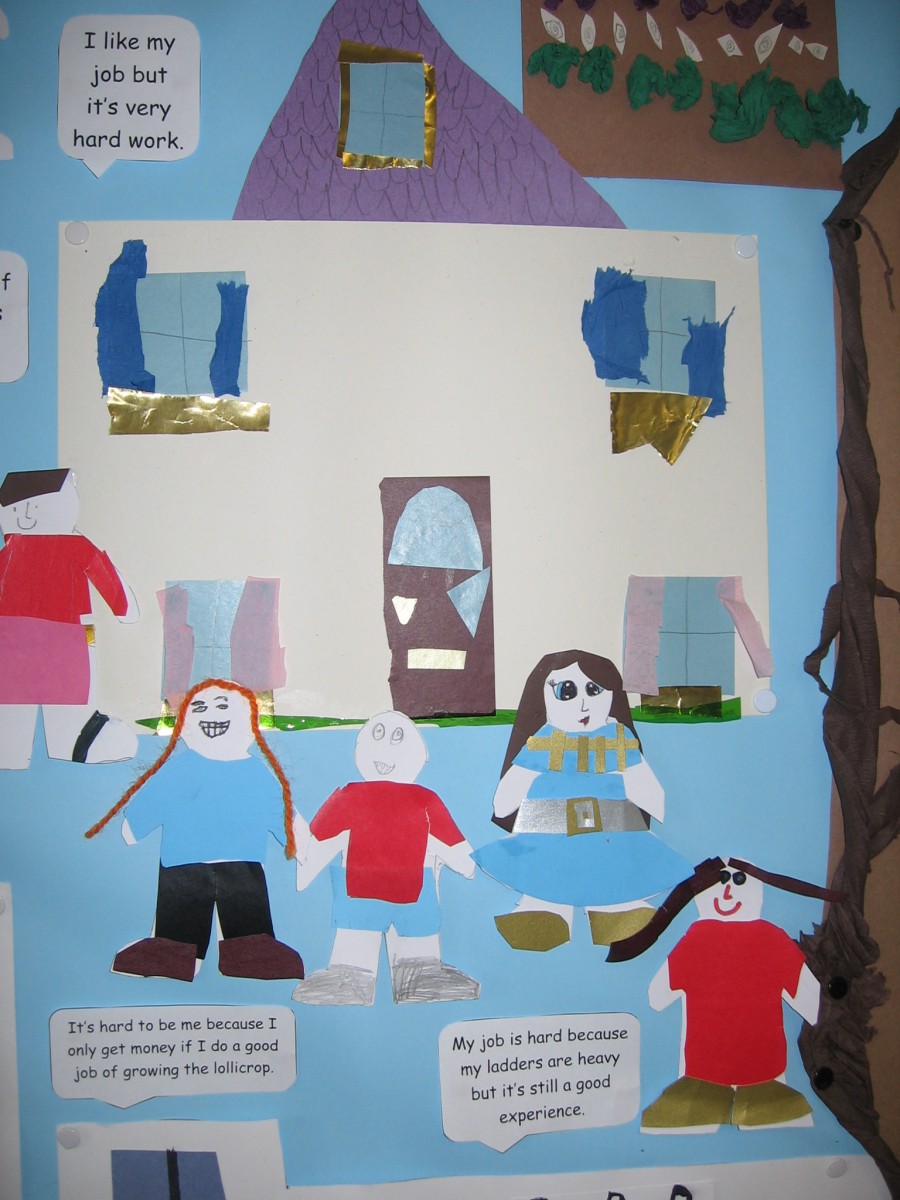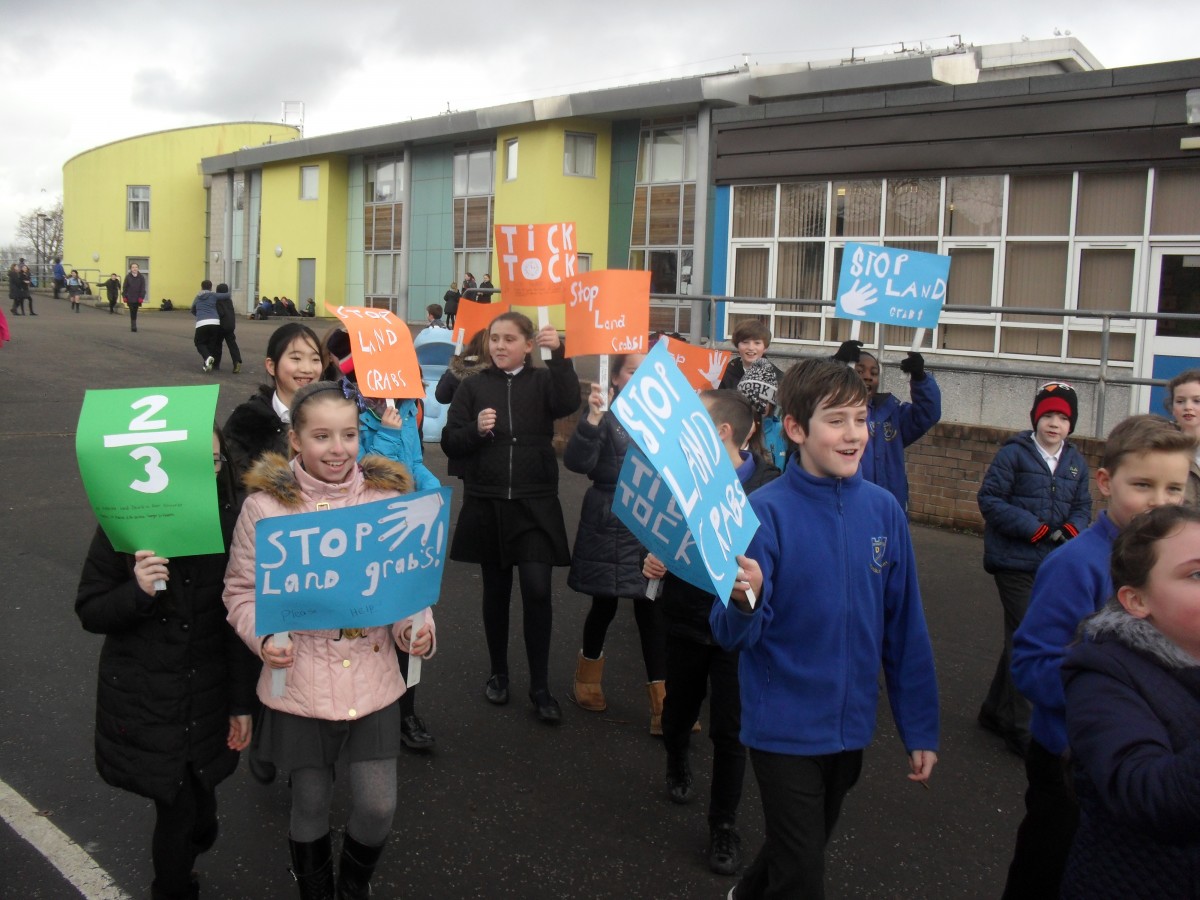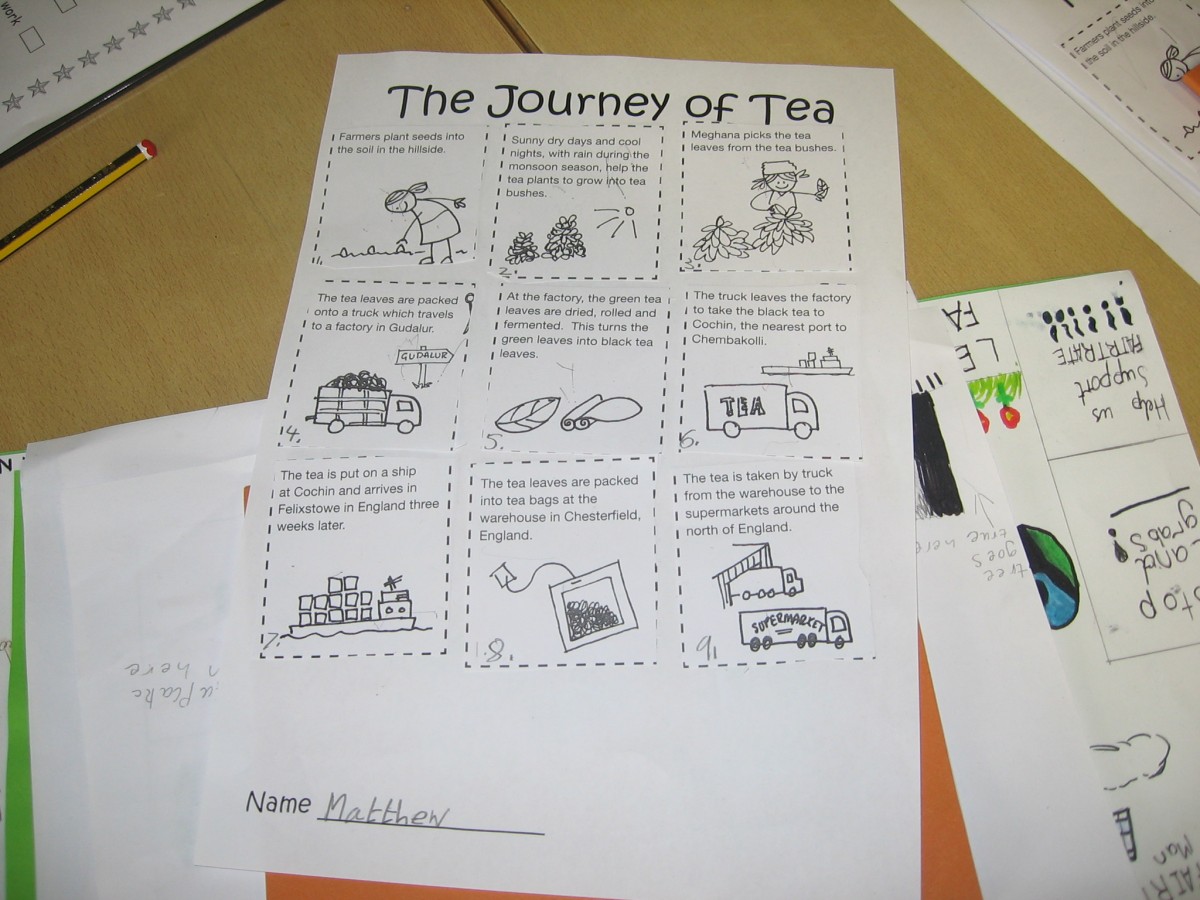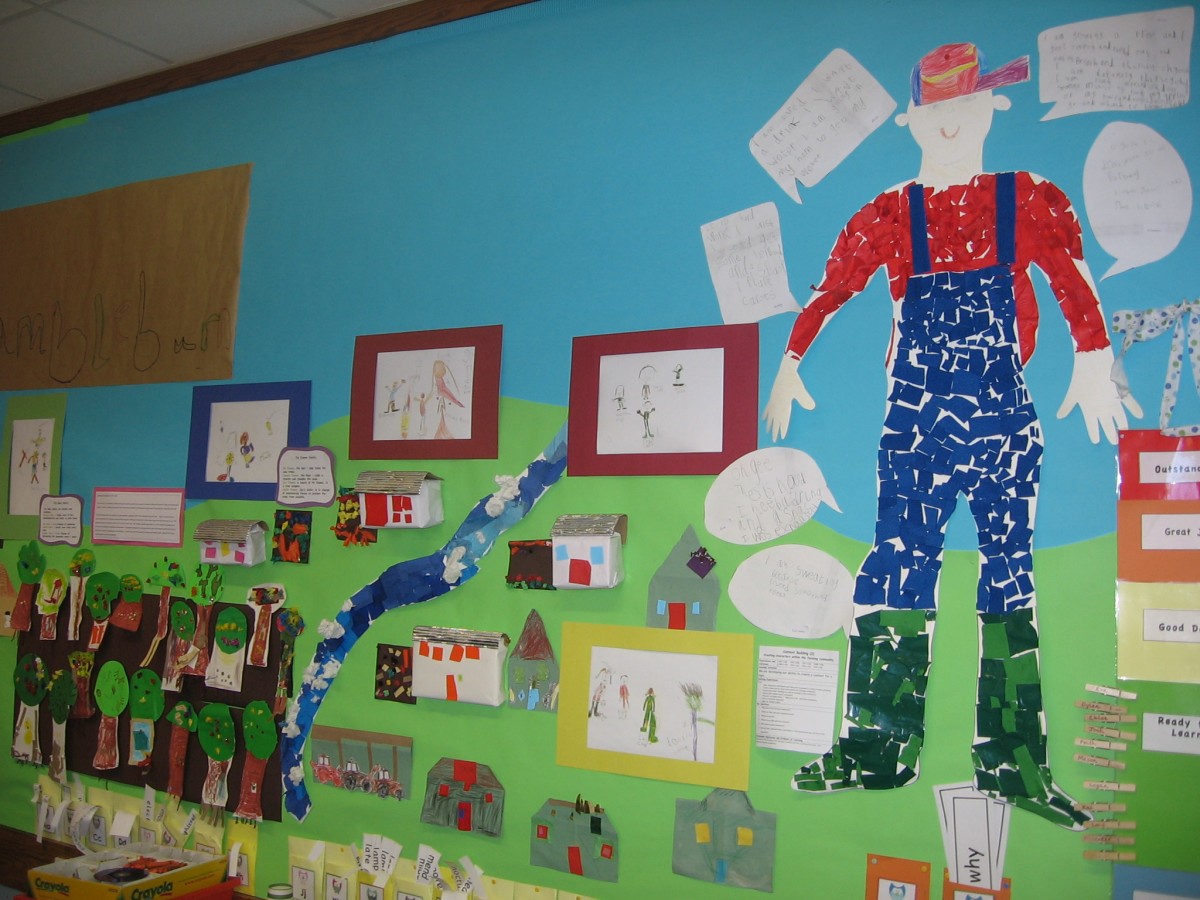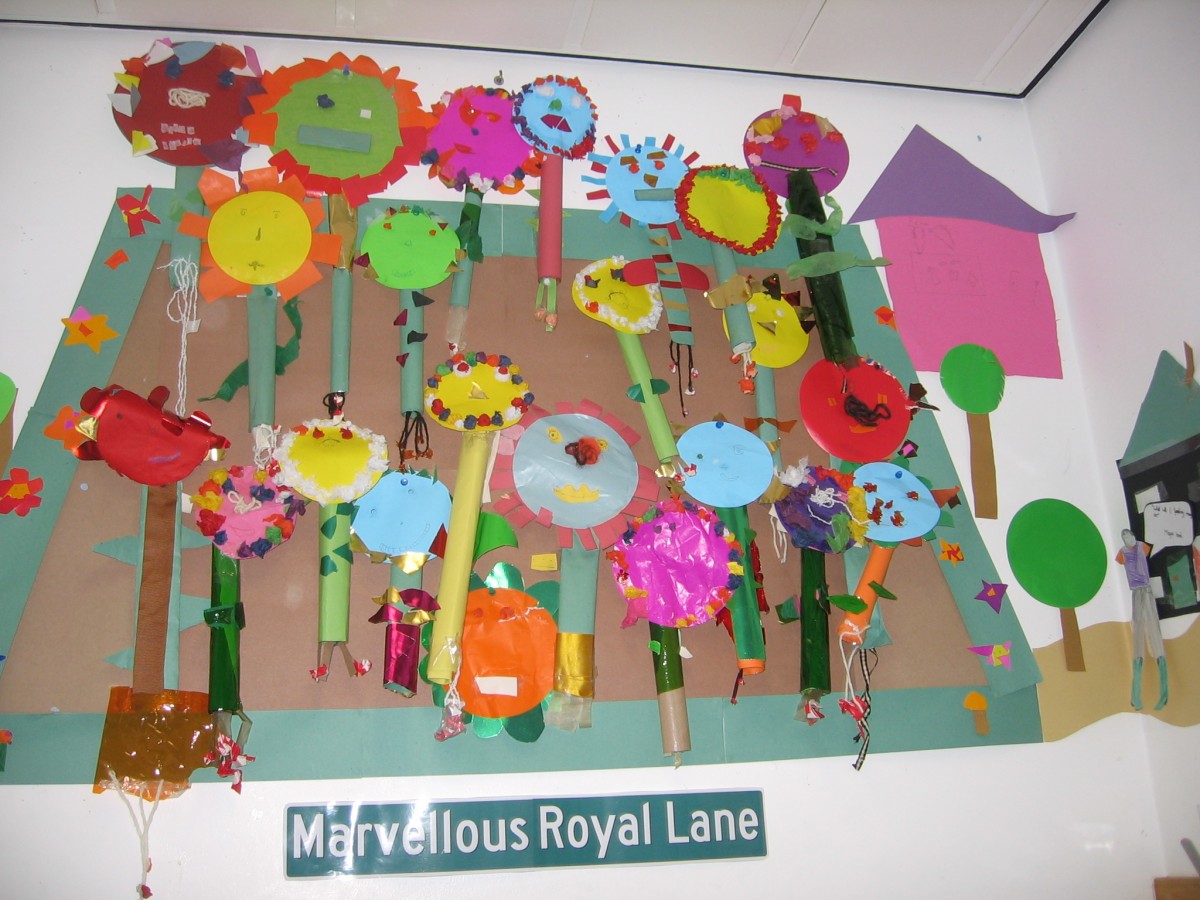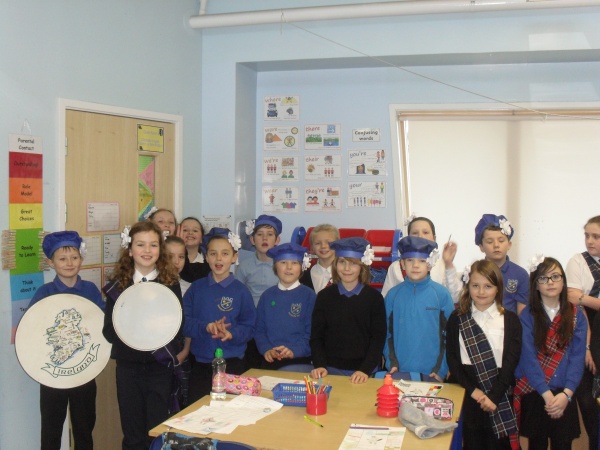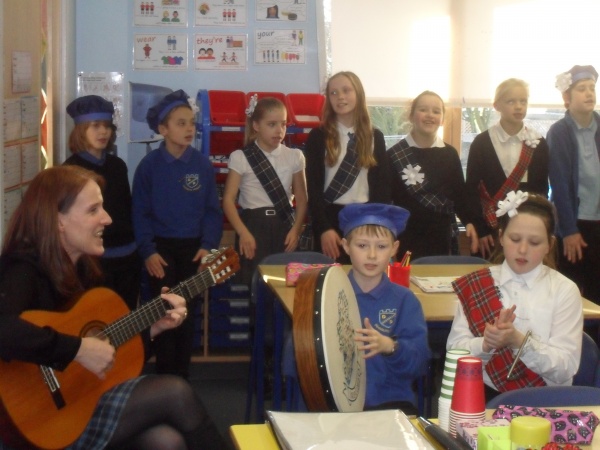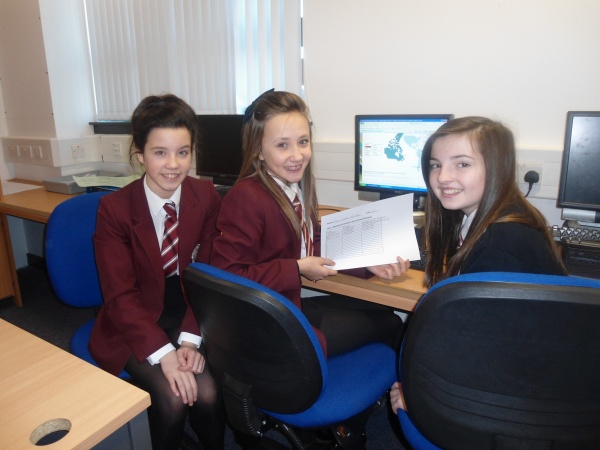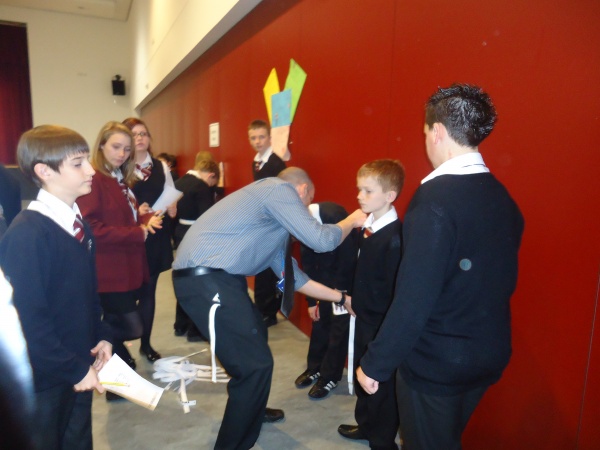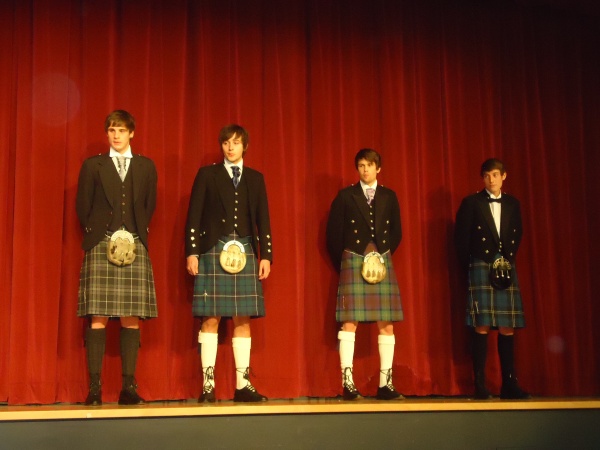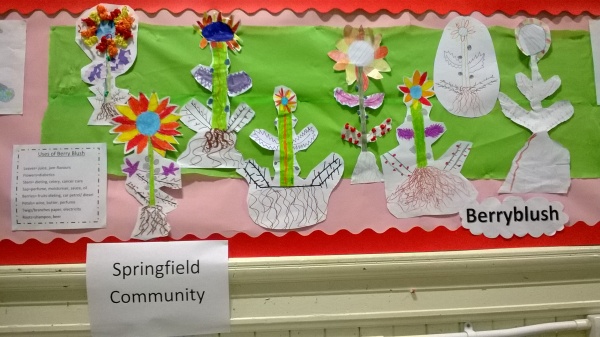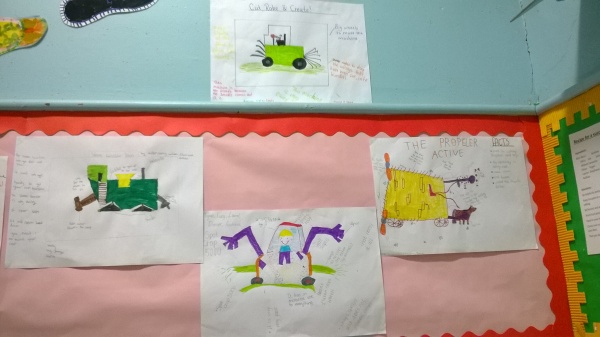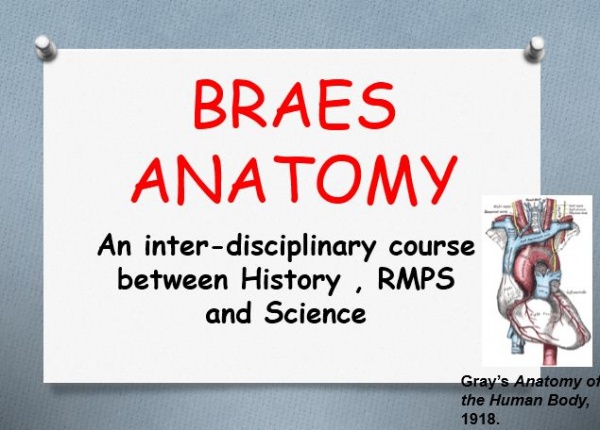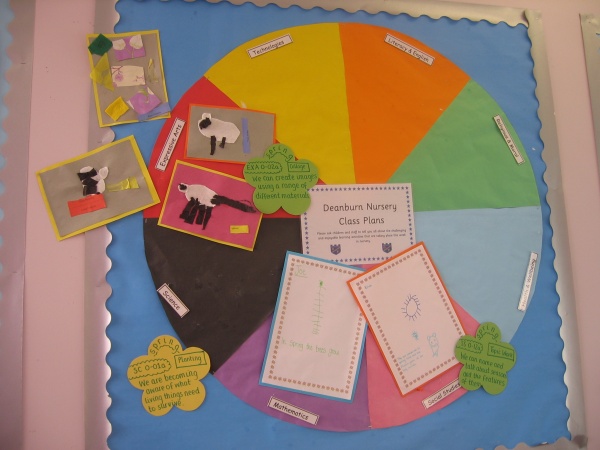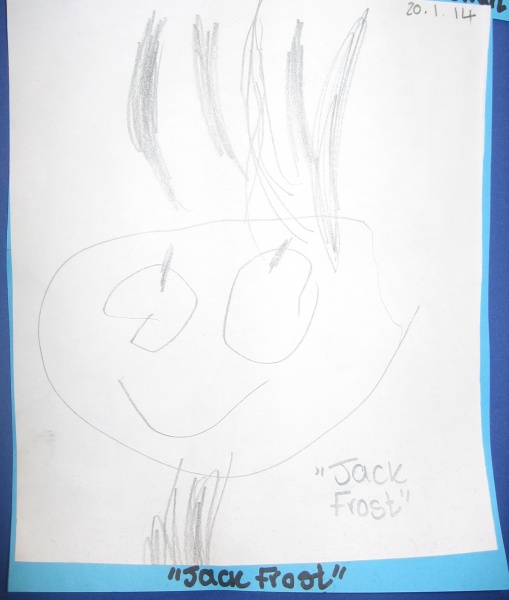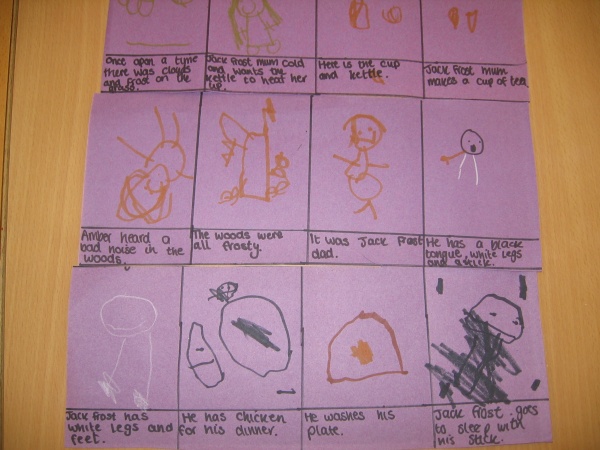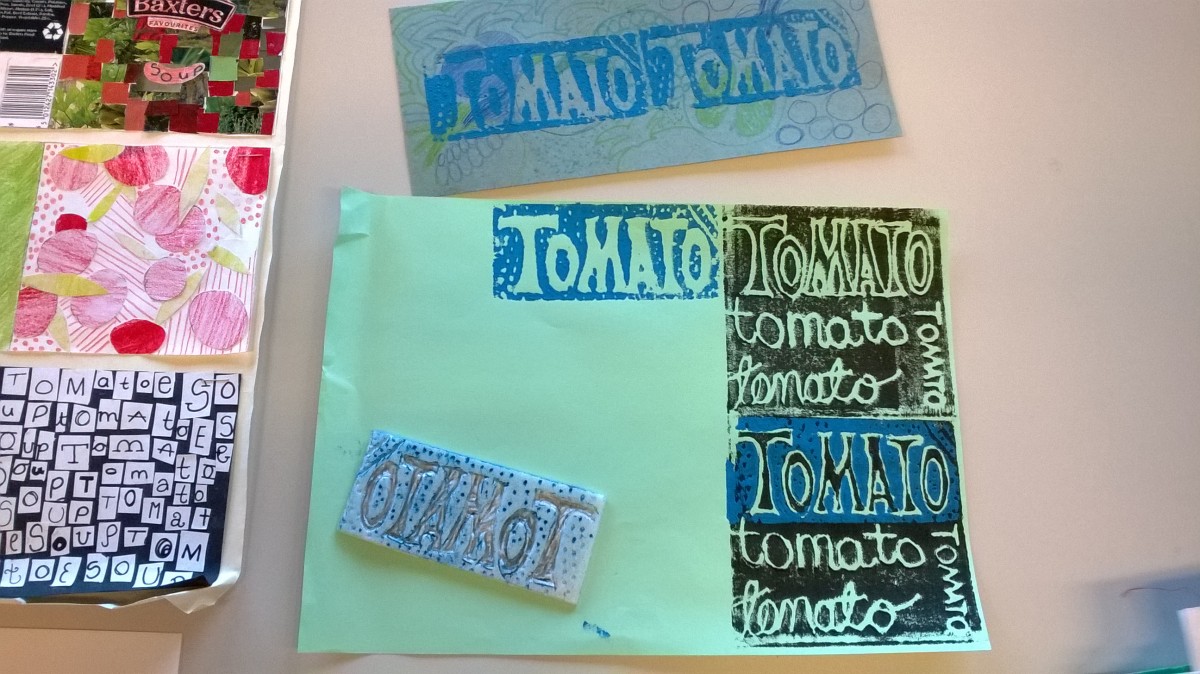 Alison Morton and colleagues in the art department at Braes HS continue to develop and improve their S2 design unit. Since their initial development of Curriculum for Excellence courses for S2 in art and design in session 2011-12, they have adapted their unit through collaborative working within their department, and with student teachers and a graphic designer. Yvonne McBlain initially worked with Alison to build in elements of Teaching for Understanding and link pupils’ learning to other parts of their S2 curriculum.
Alison Morton and colleagues in the art department at Braes HS continue to develop and improve their S2 design unit. Since their initial development of Curriculum for Excellence courses for S2 in art and design in session 2011-12, they have adapted their unit through collaborative working within their department, and with student teachers and a graphic designer. Yvonne McBlain initially worked with Alison to build in elements of Teaching for Understanding and link pupils’ learning to other parts of their S2 curriculum. 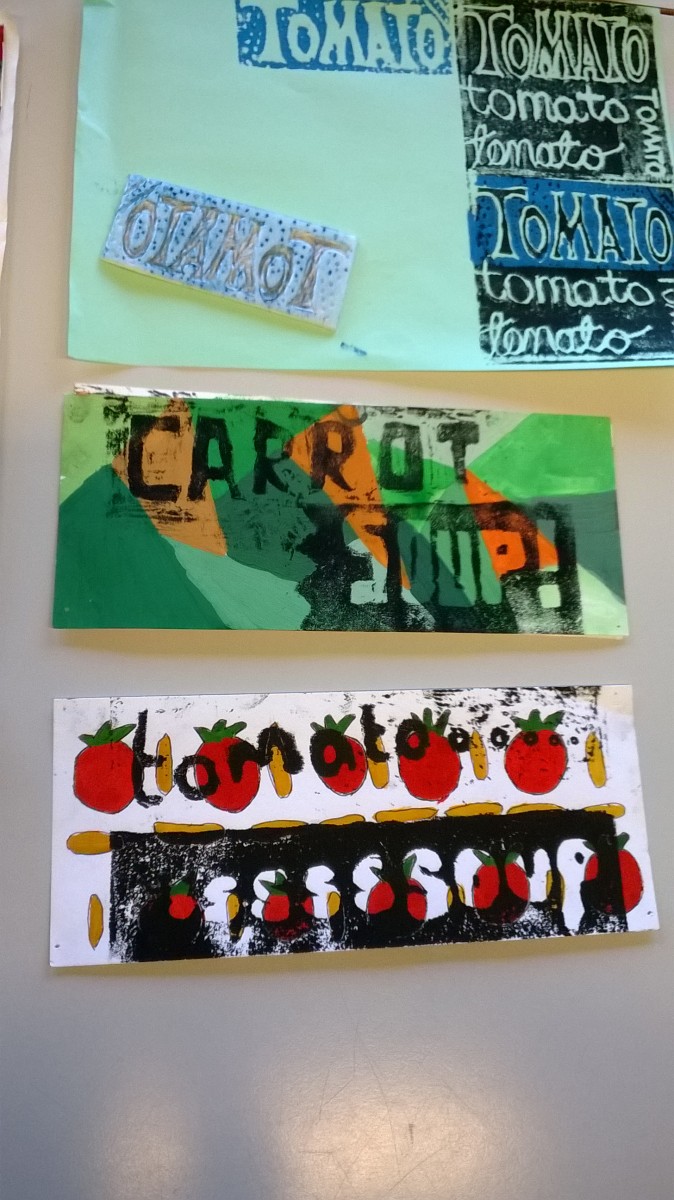
These course developments and collaborations succeeded in deepening pupil understanding of the ways product packaging persuades consumers. Alison, Yvonne and Janine White from the English department, shared this work at the Scottish Learning Festival in 2012. Yvonne also shared how elements of the storyline approach contribute to this pupil understanding at the 6th International Storyline Conference on Saturday 28th March 2015. She was able to pass on the impact and images of current S2 pupil work following a recent chance meeting with Alison. Delegates attending Yvonne’s workshop at the conference were enthused by the idea of building small elements of storyline into their practice at secondary level. Some of them had not previously appreciated the impact the use of characters and setting could have in subjects across the curriculum. They were also struck by the idea of product packaging as a “text” which could be analysed and evaluated in the same way as a written text or digital image. They felt this approach could help them develop subject-specific skills while also addressing their responsibility for the development of transferable literacy skills.
Braes HS is developing interdisciplinary connections across all departments, with teachers looking for opportunities to take full advantage of natural overlaps between subjects in order to deepen and enrich pupil learning. Read more about Falkirk’s contributions to the 2015 Storyline Conference by clicking here.

